Solid State vs Tube
I am sure that we have all heard that solid state amps are bad. I know that I have heard that time and time again, and even at one time, I said it myself (forgive me for my young ignorance). Are solid state amps really that bad? Are they worse than tube amps? I am sorry to break it to you, solid state amps are actually just as awesome as tube amps, and they could help you find YOUR sound!
A good amp sounds good, no matter what is inside. People get mixed up in thinking that solid state amps are bad, because companies make bad amps using solid state technology. Face it, transistors are a lot cheaper than tubes, and when it comes to making budget line gear, it comes down to cost. So, yes, there are plenty of solid state amps out there that are terrible (think beginner practice amps), but there are tube amps that are equally as bad. Just because something has tubes, does not make it better.
The thing about a good solid state amp is that it doesn’t sound better or worse than a good tube amp, it just sounds different. A good amp of each type has its own set of positive characteristics.
Tube amp
The thing that people love about tube amps is the dynamic response that you get from voltage sag in a tube. Vintage tube amps used a tube power rectifier. The magical quirk of a tube rectifier is the fact that it can’t respond to the changing current demands of the amp. As the amp demands more current, the tube rectifier has to catch up, but it lags behind a little. This creates the dynamic compression that people love in old tube gear.
On the other hand, a solid state rectifier can instantly supply an amp with all of its current demands, so there is less sag in the tubes. This creates a “firmer” feeling amp. Most of the modern tube amplifiers use solid state rectifiers, because they are cheaper and more reliable, but in some cases, take away the magic of the old tube circuits.
One thing that people love about a good tube amp is the “edge of breakup” tone that they can create. Tube amps are great at transitioning between clean and driven tones, because of the non-linear nature of tubes. This creates a smooth and musical relationship between the player and the amp, that can be manipulated by picking dynamics.
Tube amps are not without their the problems though. While many tube amps work for years without a hitch, they can become a nightmare in an instant. A simple bump on a hot tube can cause serious problems, and all the sudden your amp is blowing fuses, and you don’t know why. Eventually your tubes will go bad, and you will have to replace them, which can get expensive.
Solid State Amp
These amps are praised for their ability to create ultra-clean tones. They way they are designed allows them to create more headroom than is available in tube amps. If you are looking for great cleans, then this is a major selling point. The fact that they are so clean makes them amazing pedal platforming amps! Solid state amps don’t just do great cleans, but they also can be great at distortion. The high-gain distortion pedals that are popular with many players are solid state. Those same tones are achievable in solid state amps as well.
The other reason people love solid state amps is because of their reliability and durability. When you’re touring, or moving your amp out of your mom’s basement, amps can get bumped around (and unfortunately damaged). Tubes don’t fare well to rough handling, and you are more likely to break on you. Solid state however is not so fragile, and can handle more abuse from the road. This means more time playing, and less time crying backstage because your life is ruined. You can always count on a solid state amp to work, and you should always take one to a gig as a backup (if not your main amp).
Not only are they durable, but they are light. Some solid state amps are small enough to put on a pedal board, but still pack as much punch and volume as a Fender twin. When I say light, I don’t mean like 34 lbs (weight of a Fender Princeton), I mean like 1.82 lbs (weight of a Quilter MicroBlock). You can get a solid state head that weighs only a few pounds, but packs more punch than a plexi. Wrap your head around that one, and think about that next time your back hurts from lugging your tube amp up the stairs again.
The one downside to a solid state amp is the transition tones between clean and dirty. They have great drive tones, and they have great clean tones, but they don’t usually do the “edge of breakup” tone as well as a tube amp. However, this isn’t a problem for many players, because some of us get our drive sounds from pedals anyways. If you like cleans, use pedals, or full throttle gain, you might want to try out a good solid state amp.
Styles suited for tube amps
The one style that is most associated with tube amps is Blues. Blues players live in that transition area between clean and driven tones. When you think of players like Stevie Ray Vaughan or John Mayer, you think of a cranked Fender or Dumble amplifier. BB King also used Fender tube amps, but he was known for using a Lab L5 solid state amp. Although tube gear dominates the Blues genre, guitar greats like BB King know that sometimes you just need a good solid state amp.
Styles suited for Solid state amps
When it comes to tone snobs, you might immediately think of Jazz guitarists. Many Jazz guitarists prefer solid state amps for their headroom, color, and response. Jazz guitarists need high headroom (clean wattage) for pristine cleans, and solid state delivers time and time again in this area. Playing through a solid state amp can feel much different than a tube amp (very firm), and sometimes, it is exactly what you need.
On the other side of the spectrum, metal hero, Dimebag Darrell, was notorious for running through his solid state Randall amp, and here’s why. The way that a solid state amp distorts is generally more aggressive sounding than tube distortion. He exploited the characteristic of solid state amps to find his sound, and now, years after his death, people are still talking about him.
Closing thoughts
Let’s face it, if solid state sounded so bad, we wouldn’t be putting overdrive and distortion pedals in front of tube amps. Good amps sound good, and bad amps sound bad, no matter what’s inside. Go play through a JC120, a Quilter, or a Randall RG-100, and you be the judge whether or not a solid state amp can help you find YOUR sound.
I hope this was helpful in equipping you to find YOUR sound! If you found this article helpful, please follow Moustache Audio on social media, and take a look at our products here on our website.

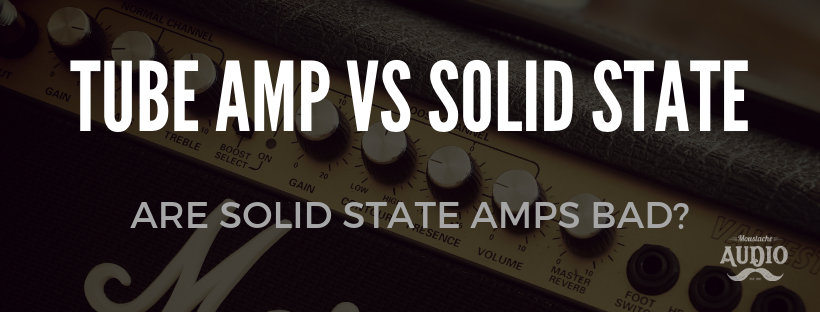
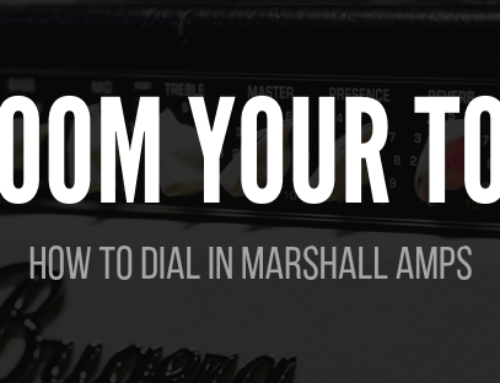
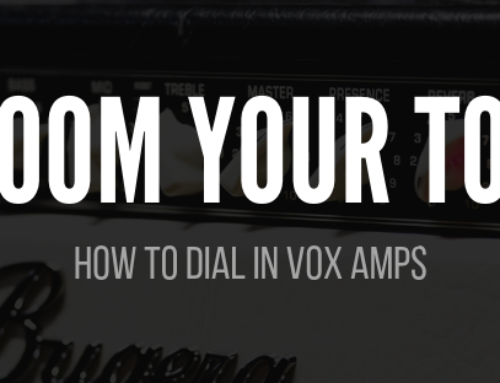
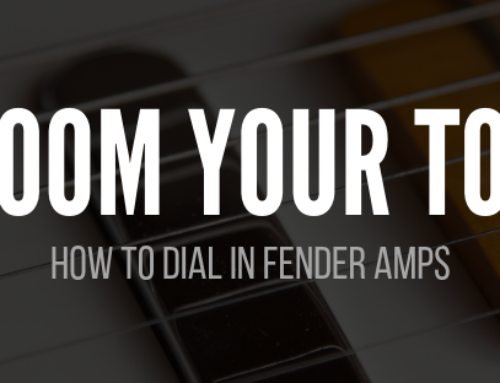
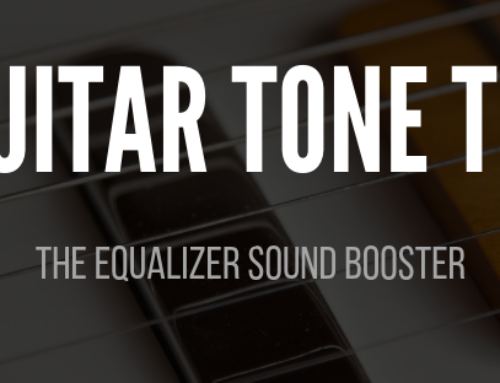
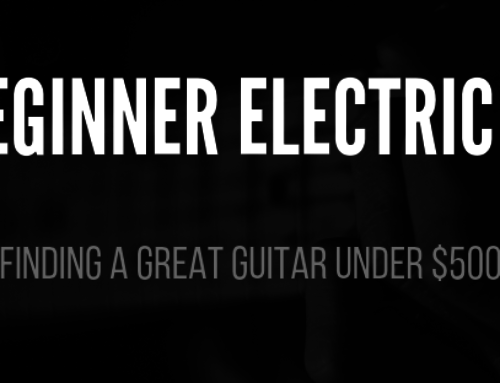
Leave A Comment